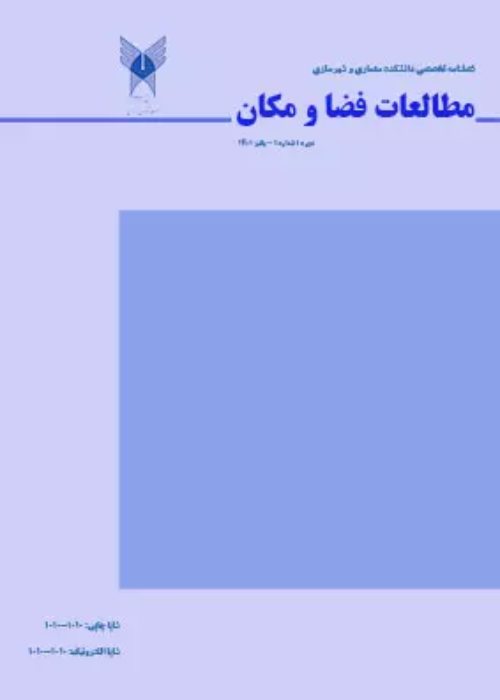Identifying the Principles and Bases of Locating Suitable Urban Space for Temporary Housing after a Possible Earthquake in Tehran (Case study: District 3 of Tehran)
The temporary settlement of the affected population is a process that requires the identification of suitable spaces for the settlement of the population, planning, management and providing appropriate solutions before and during a possible earthquake. Region 3 of Tehran municipality is a prone area for earthquakes and the presence of faults affecting the vulnerability of Tehran city, including Masha faults, North Tehran fault, and Ray fault, as well as the influence of faults in and around the region, including Mahmoodieh fault, Davodieh fault, Telo Bayan fault, and Xian and Kausar increase the risk of earthquakes in this region. This issue has shown the necessity of crisis management and the discussion of locating optimal spaces for temporary accommodation, especially green and open spaces after an earthquake to provide assistance and accommodation to citizens. Therefore, the issue of locating, determining urban spaces with the ability of temporary accommodation and providing a suitable pattern of accommodation by considering the effective spatial parameters and factors is considered the most important goal of this research to manage the crisis after the possible earthquake of Tehran in region 3. This research is applied in terms of its purpose and its research method is descriptive-analytical. In this regard, previous studies have been examined using documentary and library studies, a conceptual framework and a review of experiences. This research was done by qualitative and quantitative data analysis and by identifying the criteria and principles of locating temporary settlements and weighting the criteria through a pairwise comparison matrix. Hierarchical AHP method has been used to locate existing open spaces.


